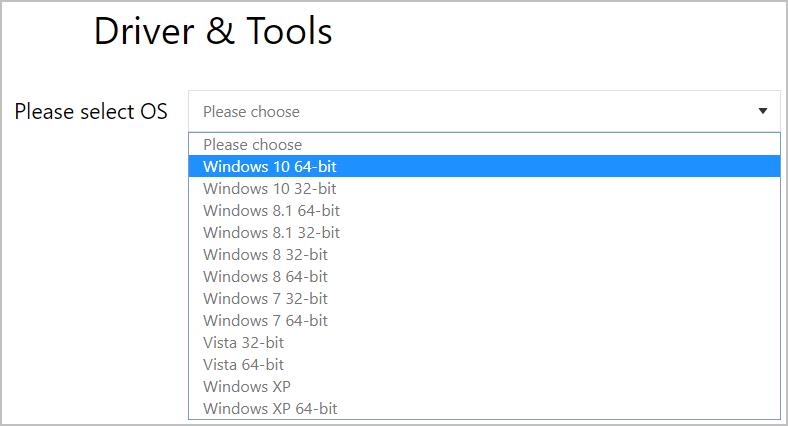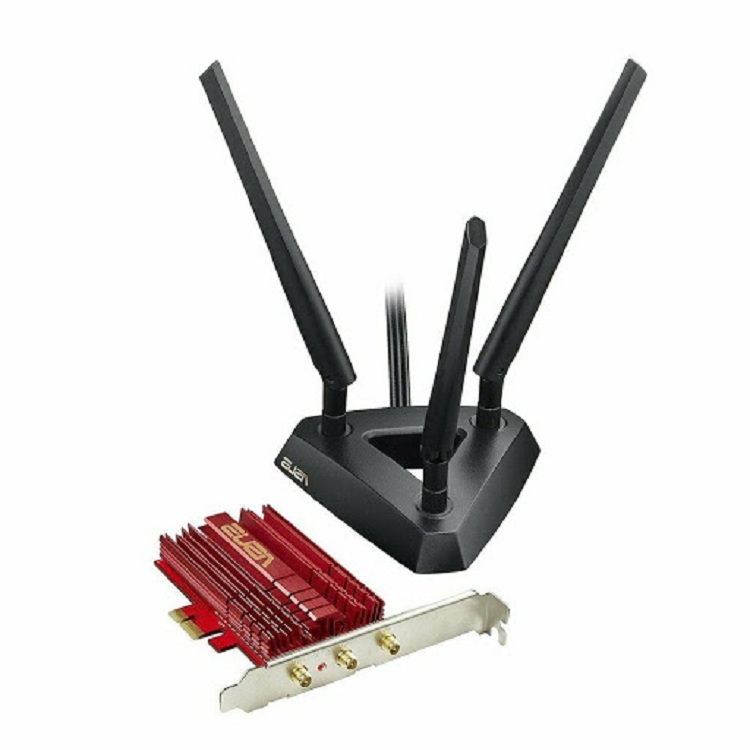

The important thing is that the first number be the cpu core operating frequency, and the second number is the memory frequency. In a ssh session enter “nvram get clkfreq” and press enter, you should see something nvram get change this one would enter in the terminal: (the command “commit” saves the nvram to flash ) memory

Memory can be set to 800mhz or 666mhz only.\\ Note that only a few Ac68U's can run reliably at 1400mhz without extra cooling so avoid this unless you don't mind taking a risk or are comfortable debricking from a failed overclock. Stock AC68U has a core clock of 800mhz and memory at 800mhz. Serial : the bogomips value and keep it in mind for later, this correlates closely to the mhz of the 2 cpu cores. OVERCLOCKING: To overclock you need to ssh into router and first run “cat /proc/cpuinfo” which will look something like cat /proc/cpuinfo Overclock instructions and how to recover from an overclock gone too far: Please be aware that overclocking is dangerous and should only be tried by those willing to risk a bricking.

You could read about bootloader in general


 0 kommentar(er)
0 kommentar(er)
